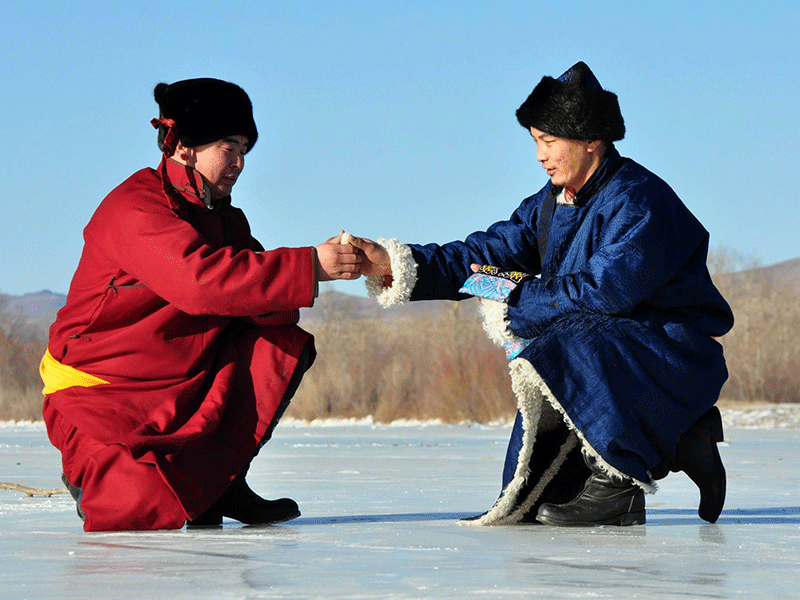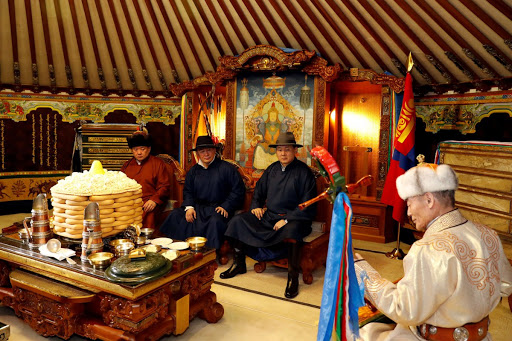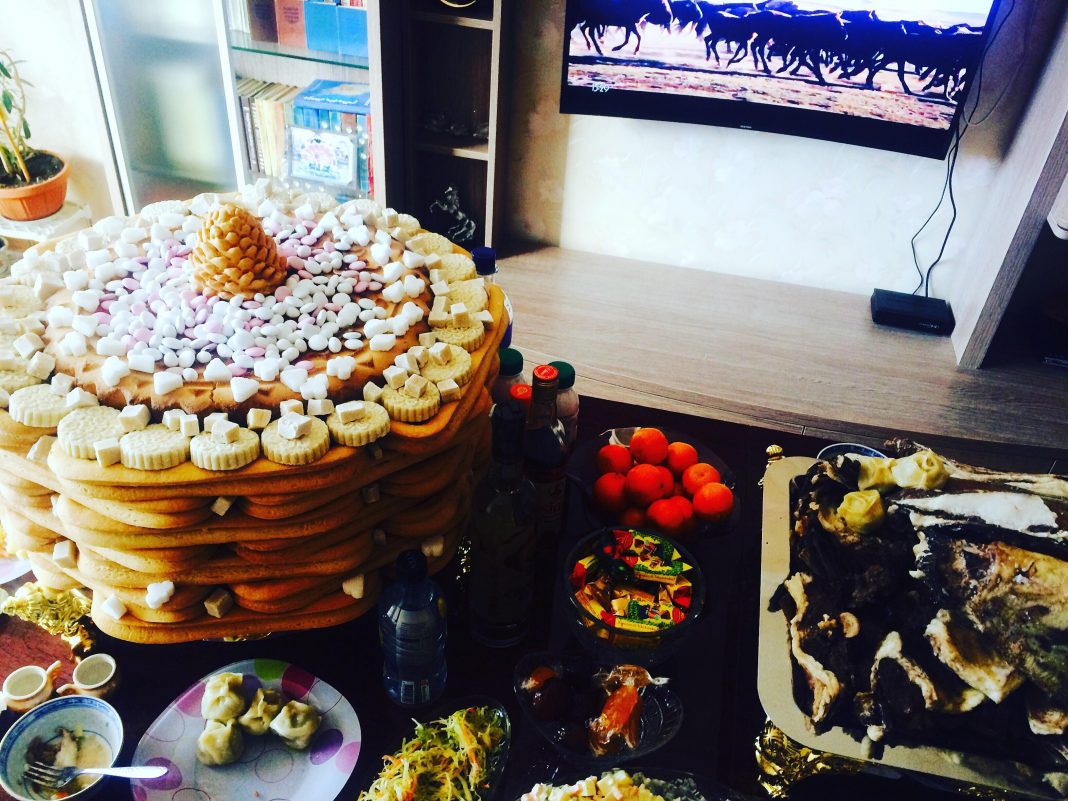This year, Mongolian Lunar New Year felt on February 12-14.
Living heritage and its practitioners in Mongolia have been affected differently in the influence of Covid-19, depending on the domains. Most affected living heritage and practitioners are from domains of folk performing art, social rituals, practices, and festive events and traditional craftsmanship, and in reverse, the domain knowledge and practices concerning nature and universe and oral traditions less affected.

In relation to the situation, new initiatives are coming from related state organizations and practitioners for promoting the living heritage and its practitioners by online, and new digital contents and promotional audio and video materials were produced and broadcasted through national and other media organizations.
Mongolians celebrate the traditional Tsagaan Sar Festival as a passing of one year and a welcoming of a new one. This is the triple celebration for passing of the severe winter safe-and-sound, welcoming a new year, and a celebration of getting wiser.

Before the end of the old year, Mongolians endeavor to repay debts and resolve disagreements so as to enter the forthcoming year without lingering resentment or misfortune. The tradition of Tsagaan Sar Festival comprises of complex proceedings as bituulekh (to celebrate the day before Tsagaan sar), preparing the banquet, dairy products and mutton for the feast, zolgokh (greet each other), honoring the elders and telling well-wishing, propitious words to each other. During the celebration of Tsagaan Sar, family and kin gather in a respectful atmosphere to renew and solidify ties, particularly between young and old.
Within this ongoing pandemic “Covid-19”, Mongolians have celebrated the “Tsagaan Sar” at home and online way (avoiding from any visit).
According to montsame.mn and ich.unesco.org















